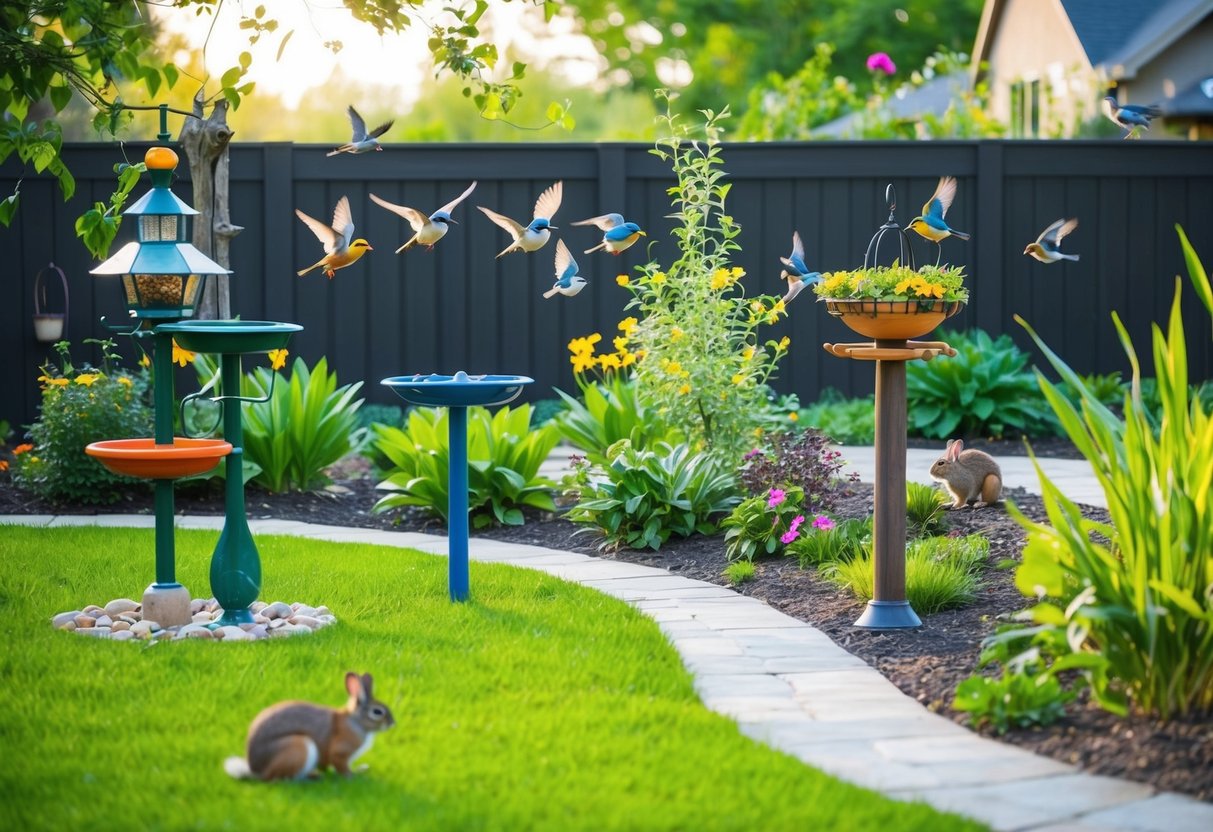
Encouraging Responsible Pest Management
Creating a bird-friendly backyard involves addressing pest management with environmentally safe methods. It’s crucial to minimize the use of chemical pesticides and focus on natural solutions that support the broader ecosystem, including insects that can naturally regulate pests.
Avoiding Pesticides through Natural Pest Control
Chemical pesticides may provide quick results in dealing with pests, but they often harm local wildlife and ecosystems. Natural pest control methods offer a more sustainable solution. By using strategies like crop rotation, companion planting, and introducing physical barriers, harmful pest populations can be controlled effectively. Additionally, encouraging bird species that feed on insects can further help manage pest populations without chemicals. Planting diverse flora attracts a variety of predatory birds and insects. These methods not only reduce reliance on synthetic chemicals but also maintain the natural balance in the garden.
Fostering a Balance with Beneficial Insects
The presence of beneficial insects is a natural way to manage pest populations and support a healthy garden ecosystem. Ladybugs, lacewings, and predatory beetles are some insects that naturally keep pest numbers in check. They prey on common garden nuisances like aphids and caterpillars. Establishing a habitat that attracts these beneficial insects involves planting native plants and flowers that provide nectar and shelter. It is important to understand the life cycles of these helpful species to maximize their impact. Creating environments that support these insects, such as avoiding broad-spectrum pesticides and providing refuge with ground cover plants, contributes significantly to a thriving, self-regulating garden system.
Getting Certified: National Wildlife Federation’s Program
Creating a Certified Wildlife Habitat with the National Wildlife Federation enhances biodiversity and supports local wildlife. The program provides a framework guiding individuals through the necessary steps.
Steps to Creating a Certified Wildlife Habitat
To begin, assess the needs of local wildlife. Make sure to provide food sources like native plants. Water sources such as birdbaths or ponds are essential. Shelter is crucial; consider adding shrubs or nesting boxes. Creating sustainable practices is also necessary; composting and minimizing chemical use can support the natural environment.
After meeting these criteria, individuals can apply for certification on the National Wildlife Federation’s website. The application involves describing how each habitat element is addressed. Successful certification results in official recognition, including a certificate and access to educational resources.
Benefits of Certification for Biodiversity
Participating in this program can boost local biodiversity. Certified habitats offer diverse ecosystems that attract a variety of species. This enhances ecological stability and can support rare or endangered species. Gardens serving as wildlife habitats offer food, water, and shelter, contributing to diverse, thriving ecosystems.
Certification encourages sustainable gardening practices. Awareness and education provided by the National Wildlife Federation further publicize the importance of biodiversity. Homeowners can take pride in contributing to wildlife conservation, knowing they provide essential resources for wildlife survival.